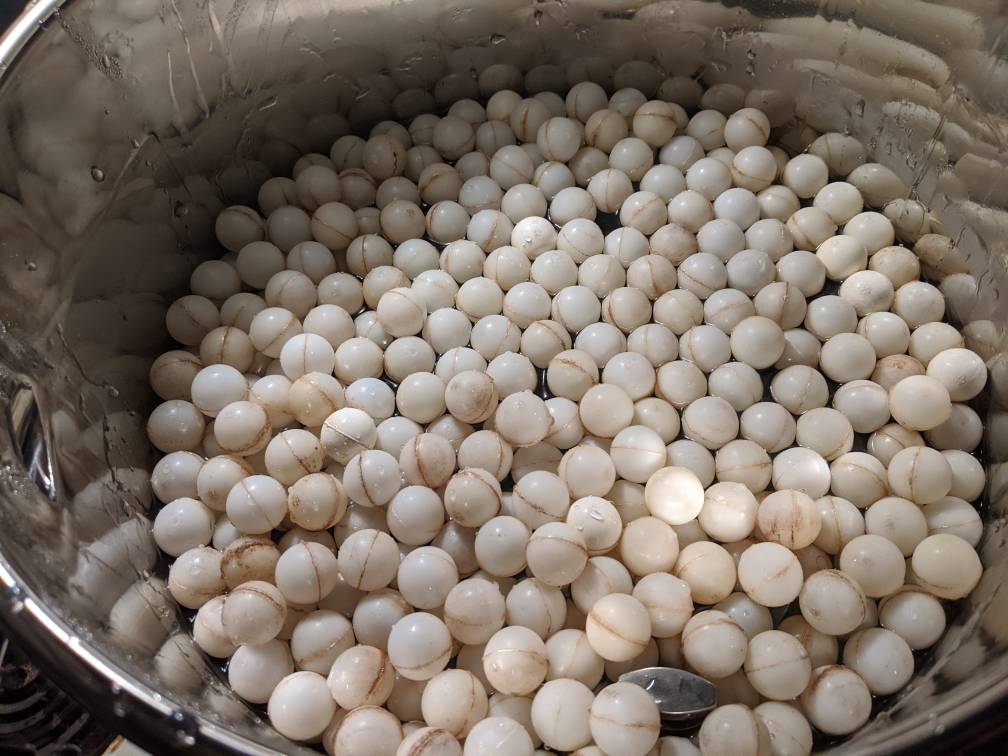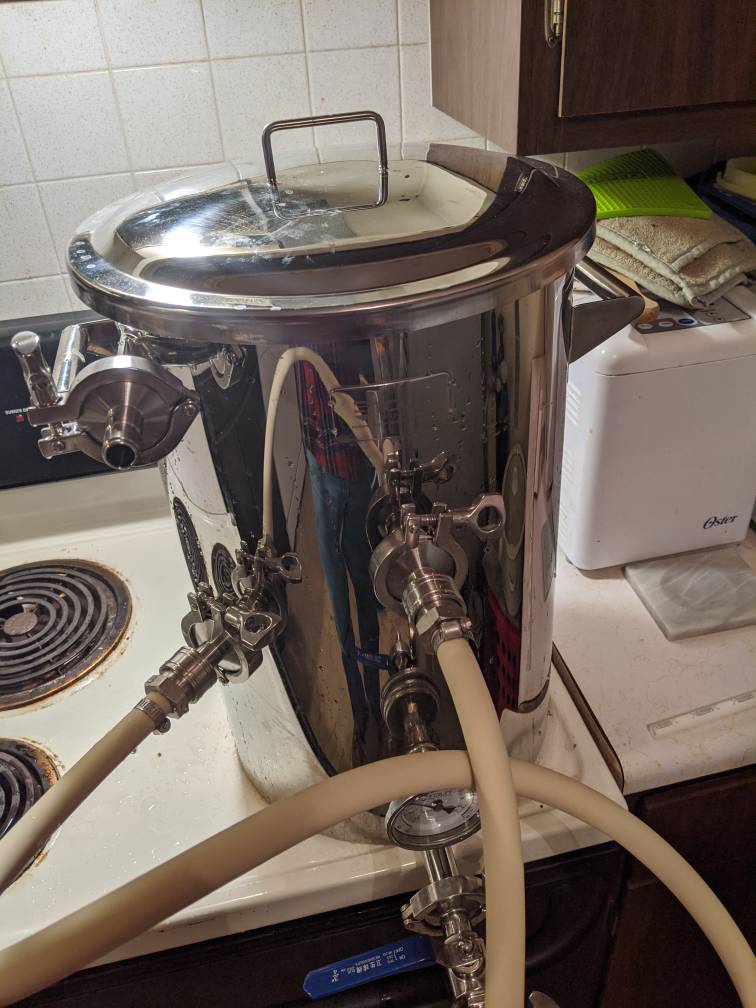Looking at implementing some of these low oxygen techniques. First one being the use of NaMeta.
I'm trying to figure out how to calculate the dose. I've seen older posts referring to the "low oxygen brewing reference sheet". I did a search for it, found the link on lowoxygenbrewing.com but the link doesn't seem to work. I get this...

Anyone have a current link to this sheet? Or do you have another sheet that can be used to calculate the dose of NaMeta?
Thanks in advance.
I'm trying to figure out how to calculate the dose. I've seen older posts referring to the "low oxygen brewing reference sheet". I did a search for it, found the link on lowoxygenbrewing.com but the link doesn't seem to work. I get this...

Anyone have a current link to this sheet? Or do you have another sheet that can be used to calculate the dose of NaMeta?
Thanks in advance.






![Craft A Brew - Safale S-04 Dry Yeast - Fermentis - English Ale Dry Yeast - For English and American Ales and Hard Apple Ciders - Ingredients for Home Brewing - Beer Making Supplies - [1 Pack]](https://m.media-amazon.com/images/I/41fVGNh6JfL._SL500_.jpg)























































